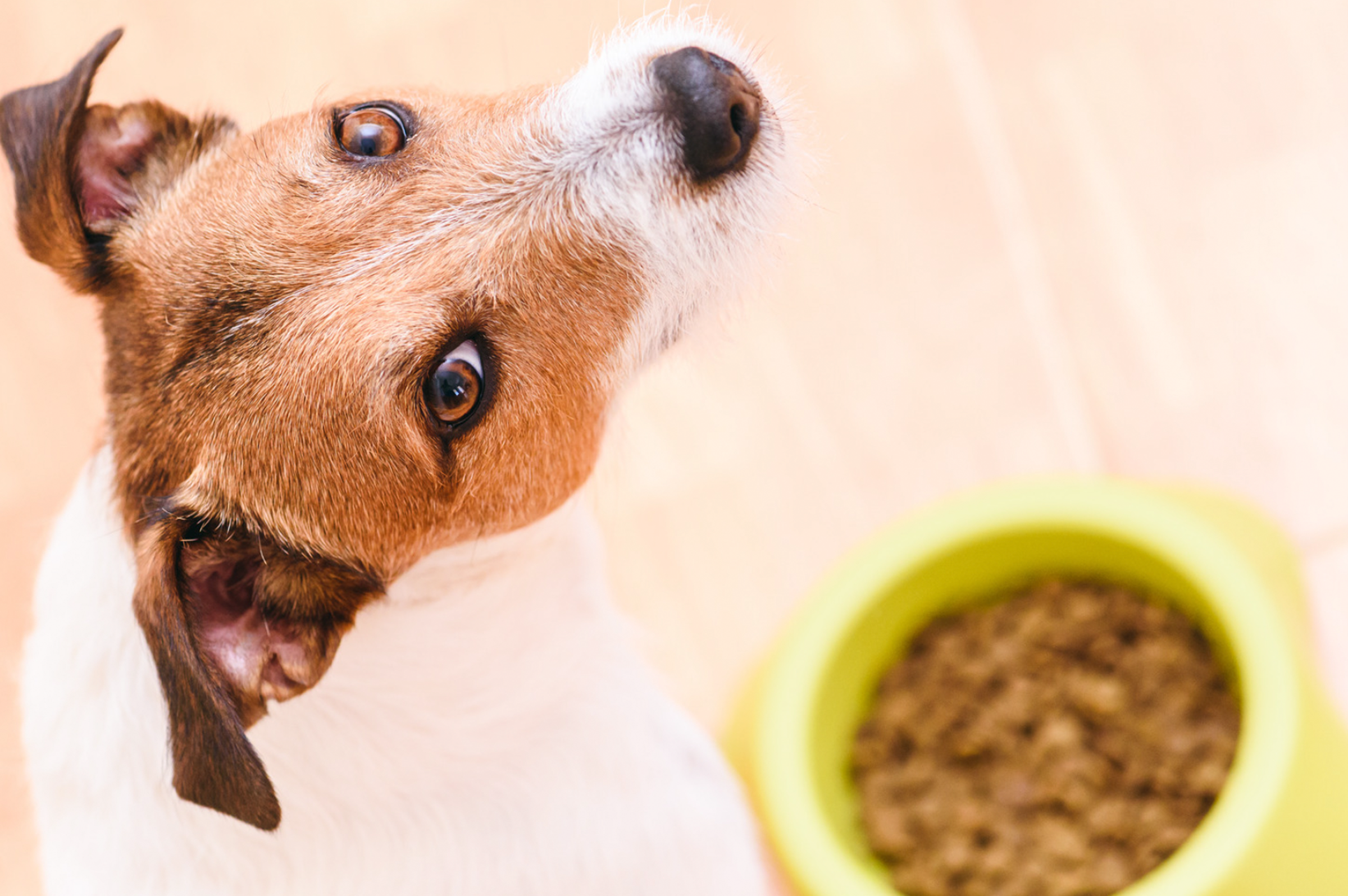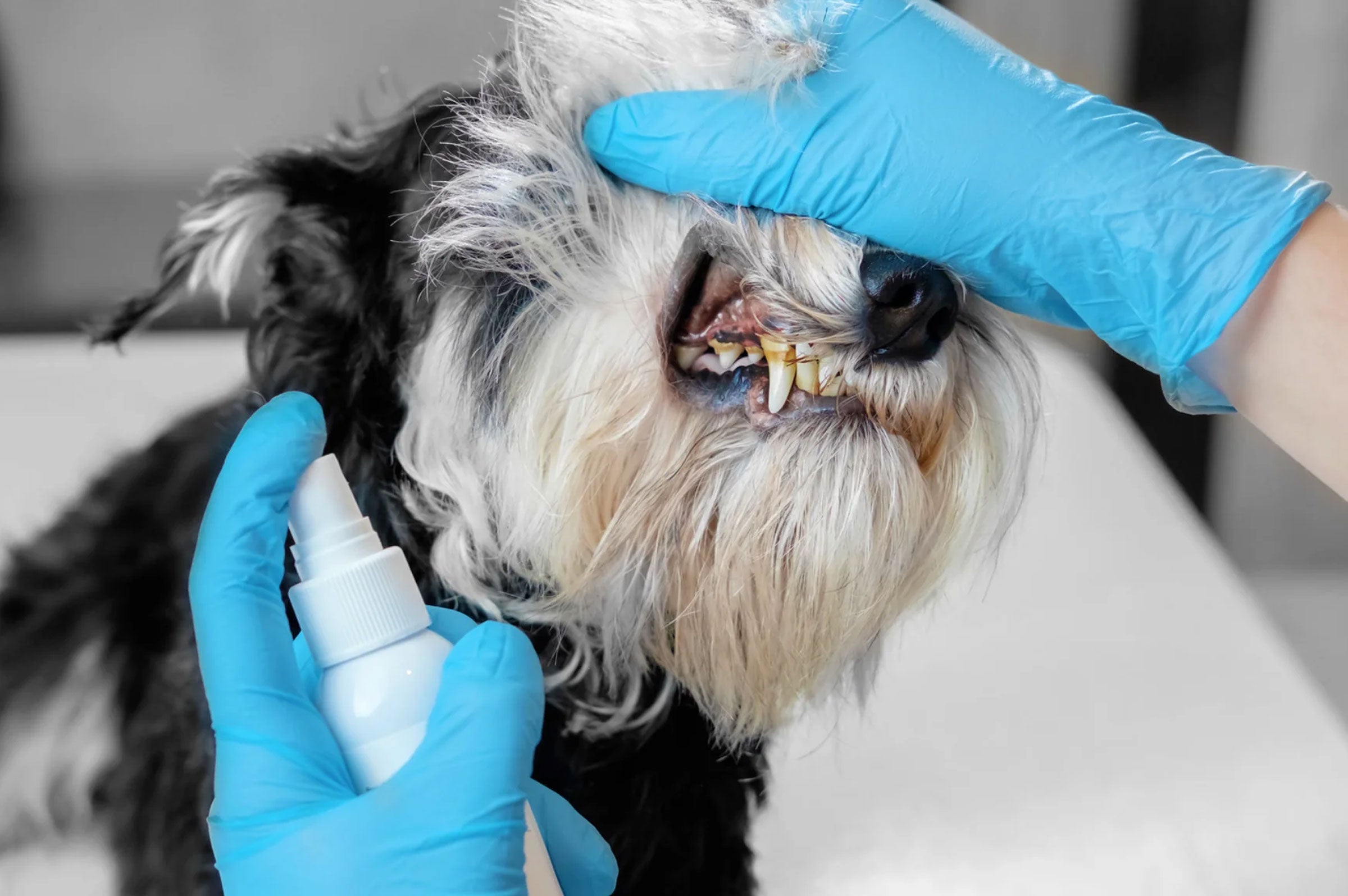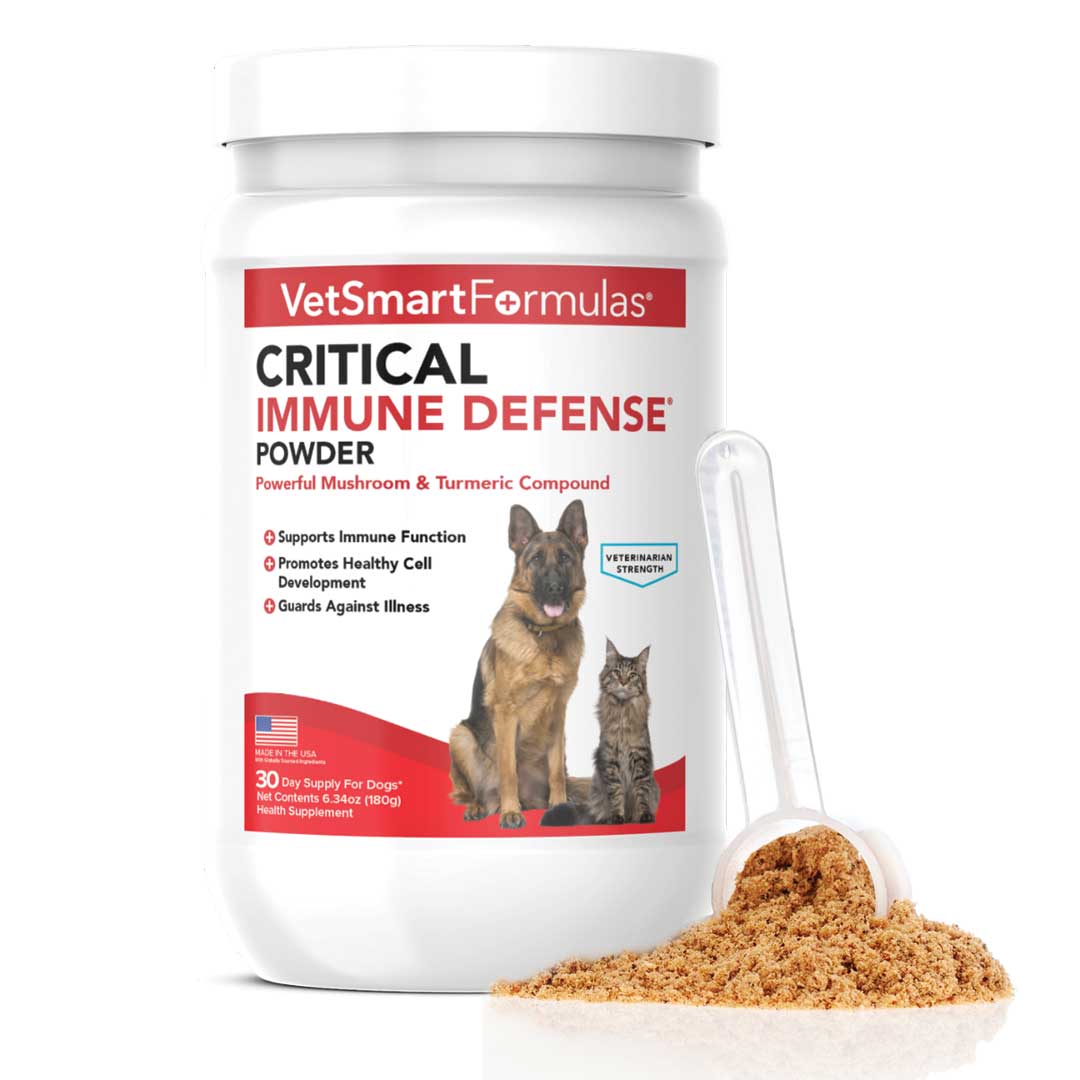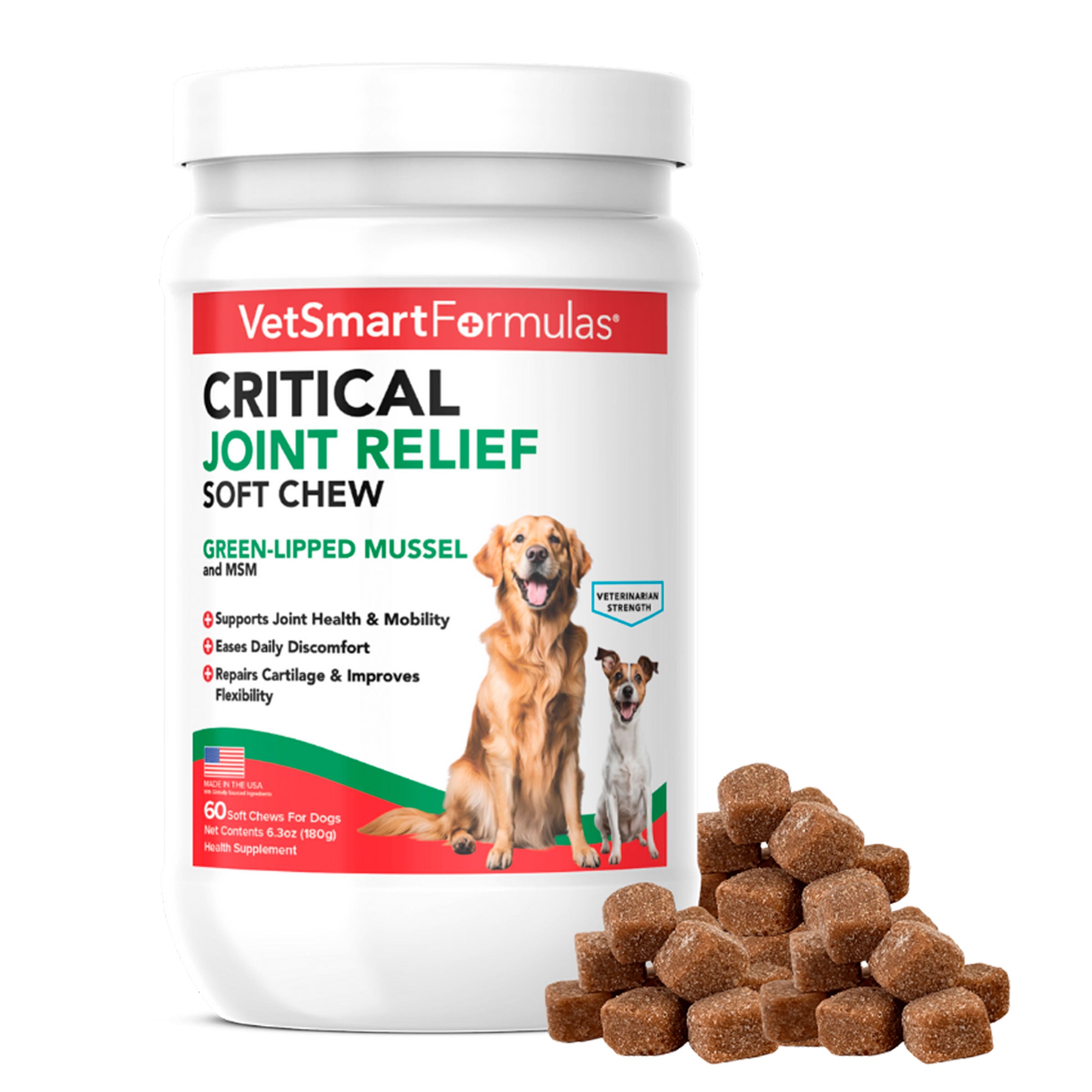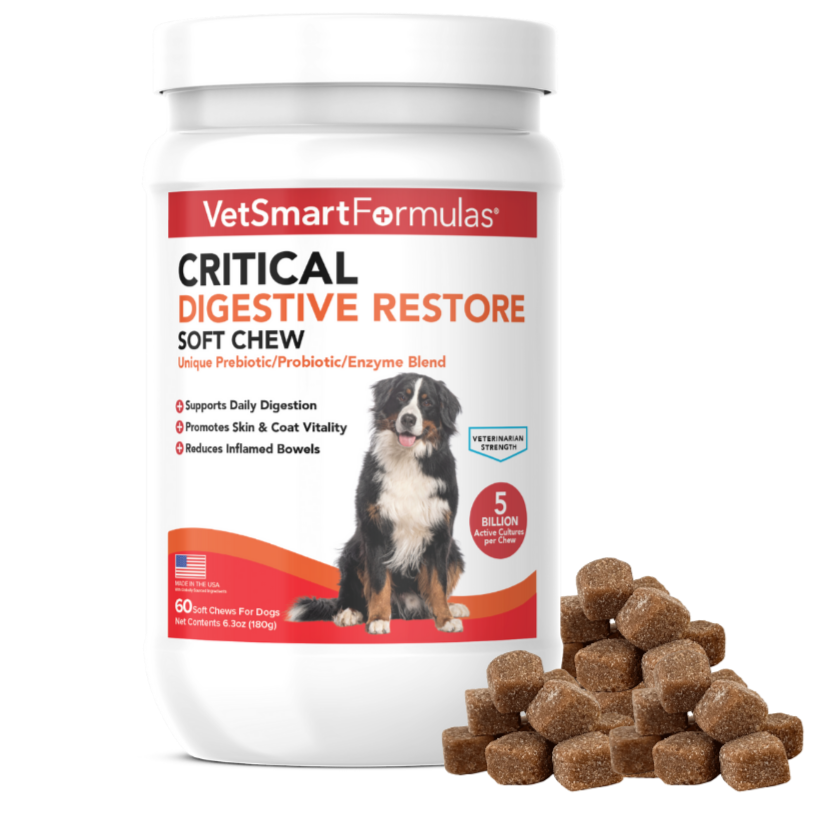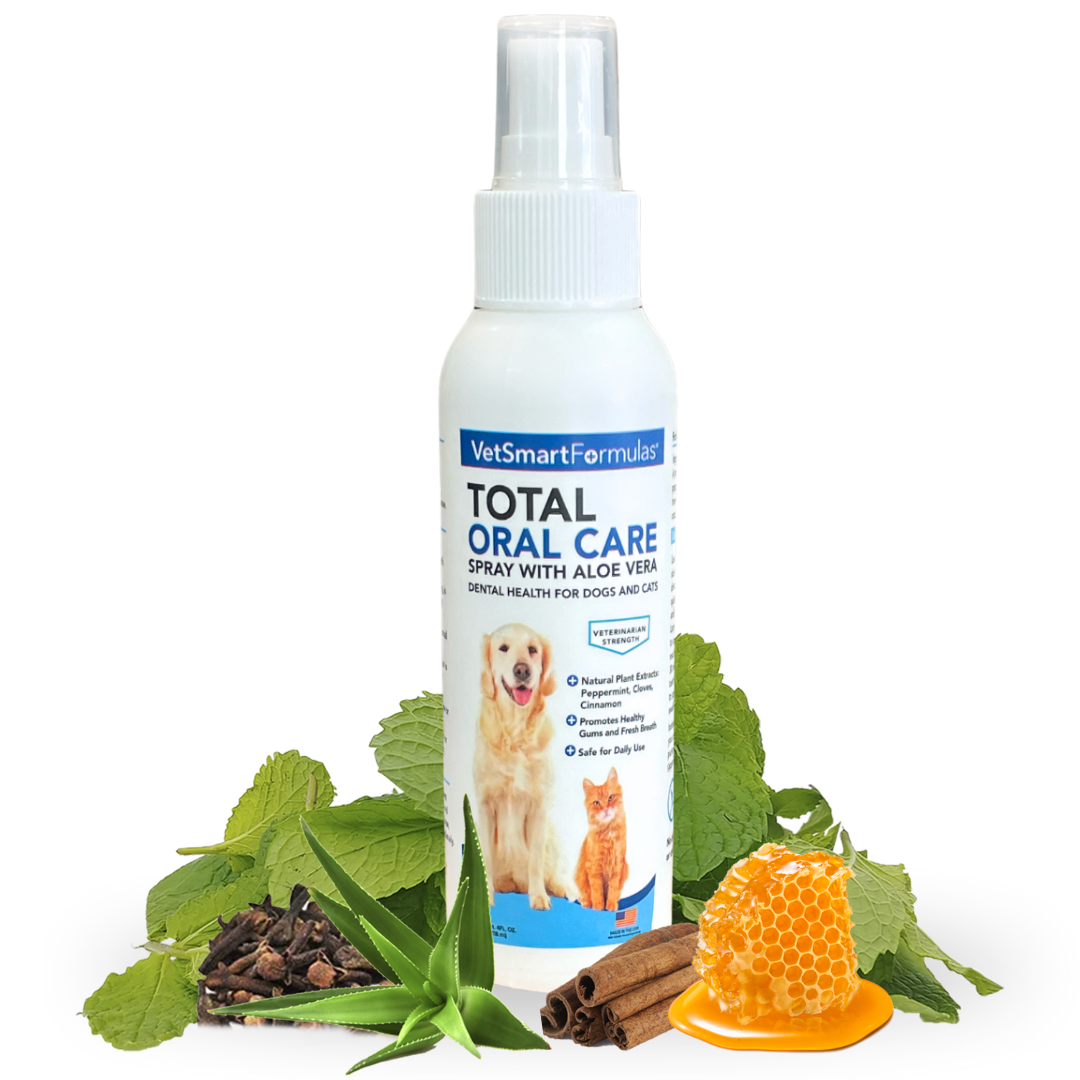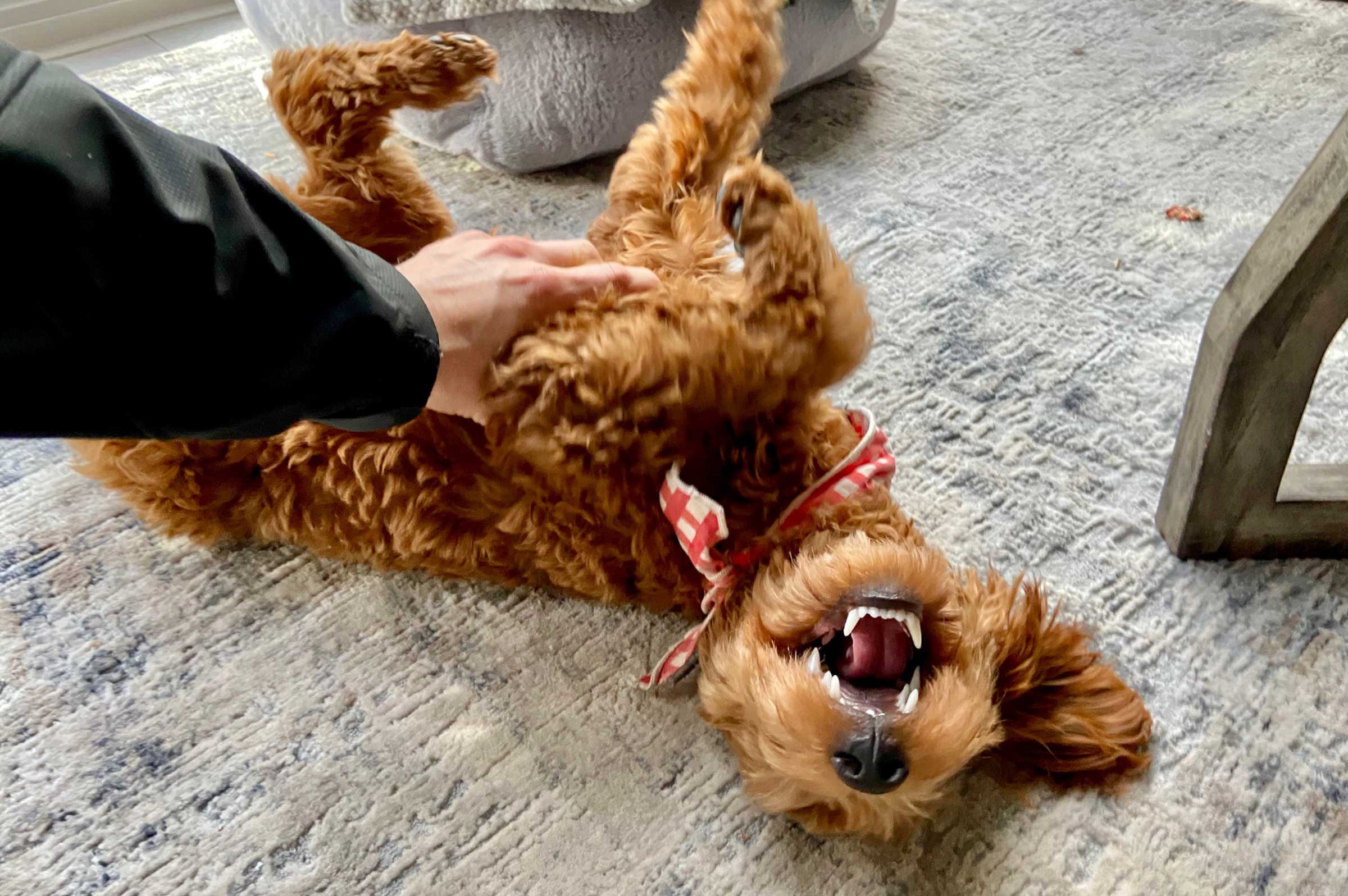At Pet Wellness Direct, we’re in the business of providing dog and cat owners with effective, veterinarian-strength all-natural health supplements that boost the immune system, reduce pain and inflammation, and promote good health in pets.
Because our products are added to a pet’s food or water or taken orally in the form of a powder, tablet, or capsule, we often find ourselves answering questions from pet owners who are worried about the possible challenges of introducing a new supplement into their cat or dog’s diet.
Their main complaint usually sounds something like this:
“My dog/cat is very picky - she won’t eat anything new or different!”
We understand that it can be difficult to introduce new foods or supplements to your pet. Sometimes the challenge is enough to make you want to give up altogether.
But the fact is, with just a bit of preparation and patience it’s possible to encourage even the pickiest pet to adapt to a change in their diet. So, for the sake of your pet’s health, please don’t give up!
Here are our top tips on how to introduce new foods or supplements to your cat or dog as easily and effectively as possible:
-
Make sure the new food/supplement is allergen-free
If your dog is prone to allergies or food sensitivities, make sure the new food or supplement is free from wheat, soy, and any artificial ingredients, flavors, or colors.
-
Take it slow
If you’re making a significant change to your dog or cat’s diet, such as adding a supplement to their food, making the switch to raw food, or transitioning from a largely carbohydrate-based diet to more protein-rich food, veterinarians recommend taking at least 5-10 days to make the switch. It’s important to be patient and give your pet’s digestive system time to adjust to the change.
-
Increase in gradual increments
Veterinarians recommend starting off by offering your pet a blend of 25% of the new food to 75% of their old food for the first few days, so they can become accustomed to the taste and any impact the new food might have on their digestive system. After three days, you might want to change the mix to 50% of the new food and 50% of the old food for the next few days. Monitor your pet’s eating and evacuation habits to ensure their system is becoming accustomed to the new food. Then increase the percentage of new food to 75% for a few days before eliminating all of the old food and providing only the new food to your pet.
The same ratios work for introducing new supplements. Unless the product label indicates otherwise, start out by giving your pet 25% of the suggested supplement dose, and gradually working up to the full dose over a period of 5-10 days.
If you notice your pet exhibiting any symptoms such as diarrhea or refusal to eat, you may want to go back to offering a smaller proportion of new food or cutting back on the supplement dose until your pet’s digestive system goes back to normal.
-
Use a probiotic to ease any gastrointestinal distress
Let’s face it: some animals have sensitive stomachs. And if you’re introducing a new ingredient into their food, or transitioning into a completely different type of diet, they may experience some form of gastrointestinal distress, such as flatulence or diarrhea.
If you notice your pet exhibiting any such symptoms, you may want to offer them a probiotic such as VetSmart Formulas Probiotic Nutrient Enhancer to boost their gut health and aid in their digestion. A high-quality probiotic can provide amazing assistance during the transition to a new food or supplement.
-
Use wet food as an enticement
If your pet is primarily given dry food, you might want to mix in a small amount of wet food in addition to the new food or supplement you’re trying to introduce as a way of enticing them to eat everything in their bowl. This also helps when introducing new supplements to your pet’s diet or daily routine.
-
Avoid giving treats or human food
They say hunger is the best sauce! If your goal is to encourage your dog or cat to start eating healthier food, or food with supplements added, do not give them extra treats or human food between meals. You want them to approach their new food with a healthy appetite and be highly motivated to eat their food despite the unfamiliar new taste.
For some picky pets, getting used to a change in their diet is all the transition they can handle. That’s why it’s important to make sure that everything else in their lives is continuing as normal. Avoid any other big changes or disruptions to their regular routine, such as going away on holiday or moving to a new home. Now is also not a good time to host extended house guests or introduce a new animal into your home.
By ensuring that everything else in your pet’s routine stays as normal as possible, you eliminate any possible stressors that will complicate their transition to a new eating plan.
And please, while you’re going through the process of transitioning to a new diet or food supplement for your pet, remember that the effort is more than worth it!
Changing to a healthier diet or giving your pet a supplement to boost their health and well-being can mean the difference between your pet being doomed to a life of chronic pain and disease, or remaining energetic, healthy, and happy for many years to come.
If you’re curious to learn more about the veterinarian-strength all-natural health supplements we offer for pets, click here to see our products.



